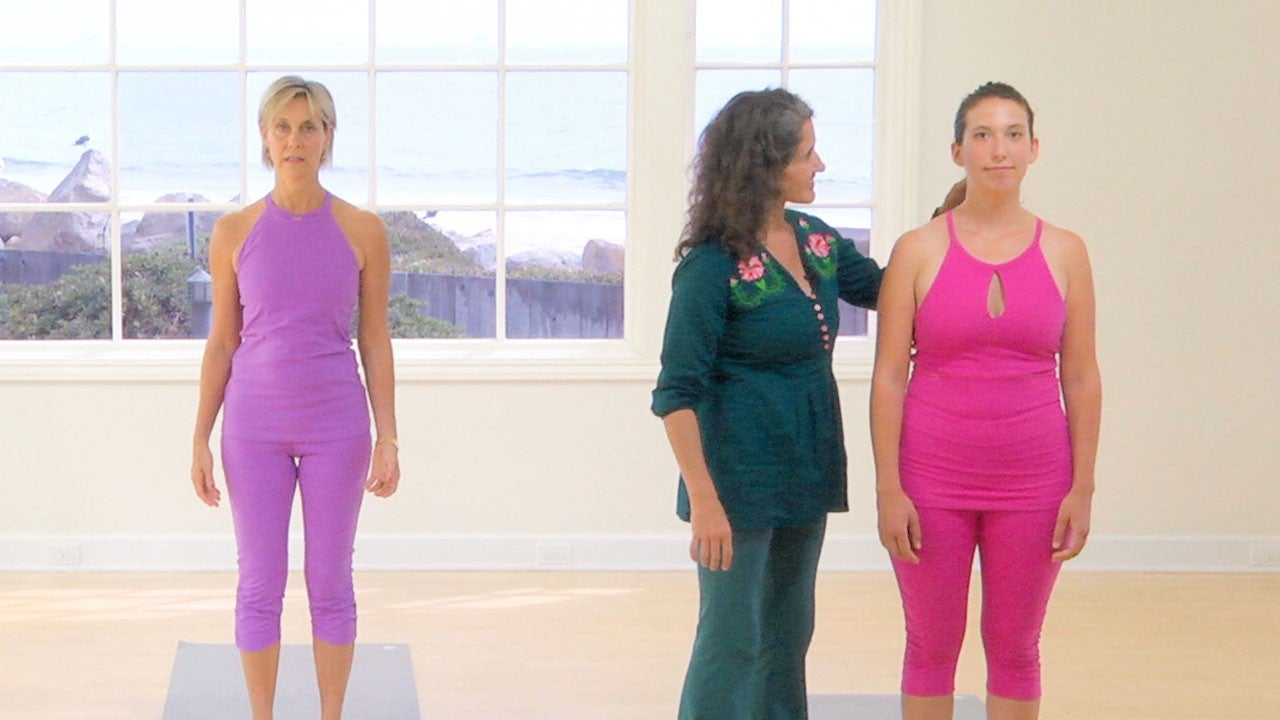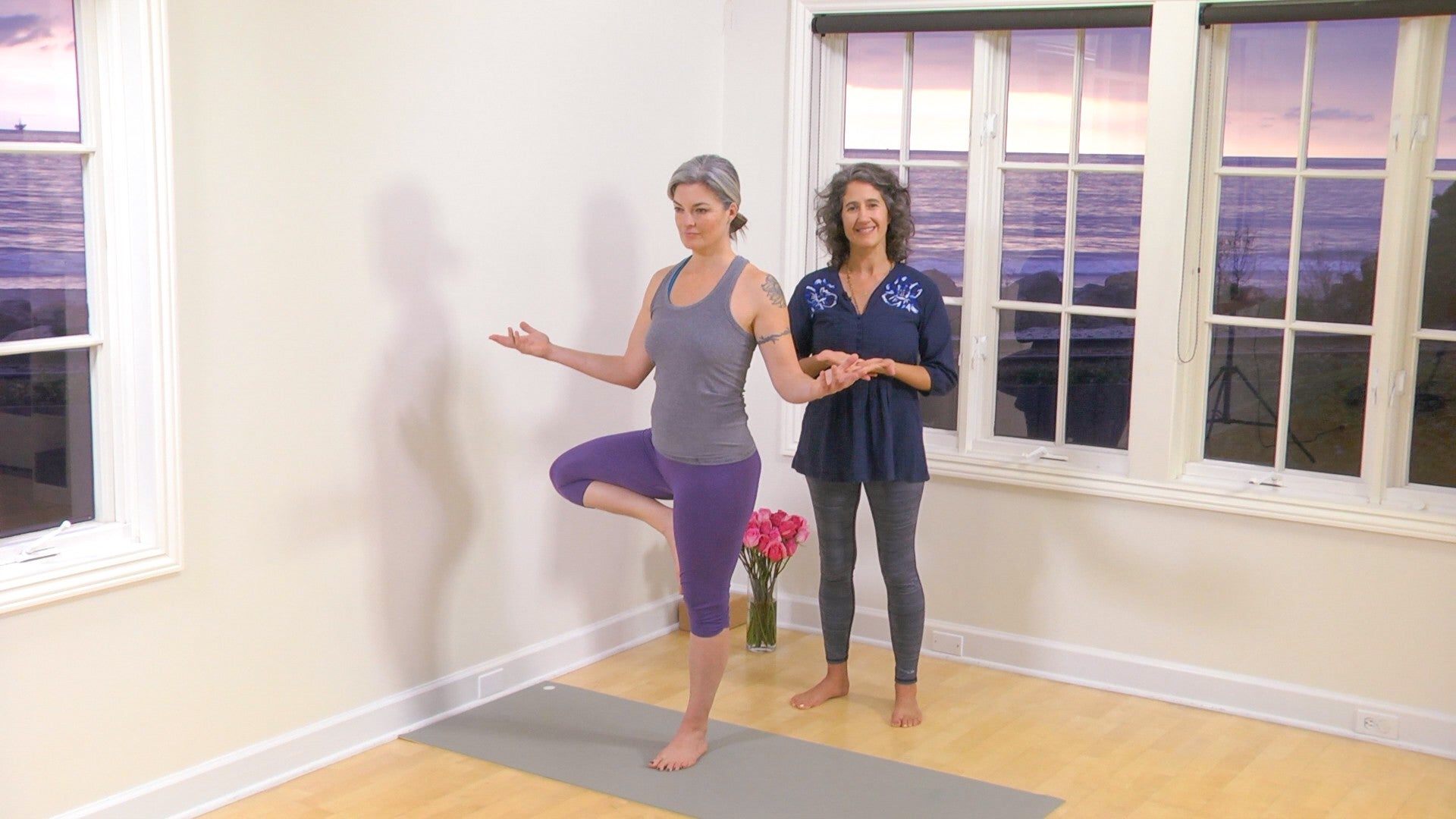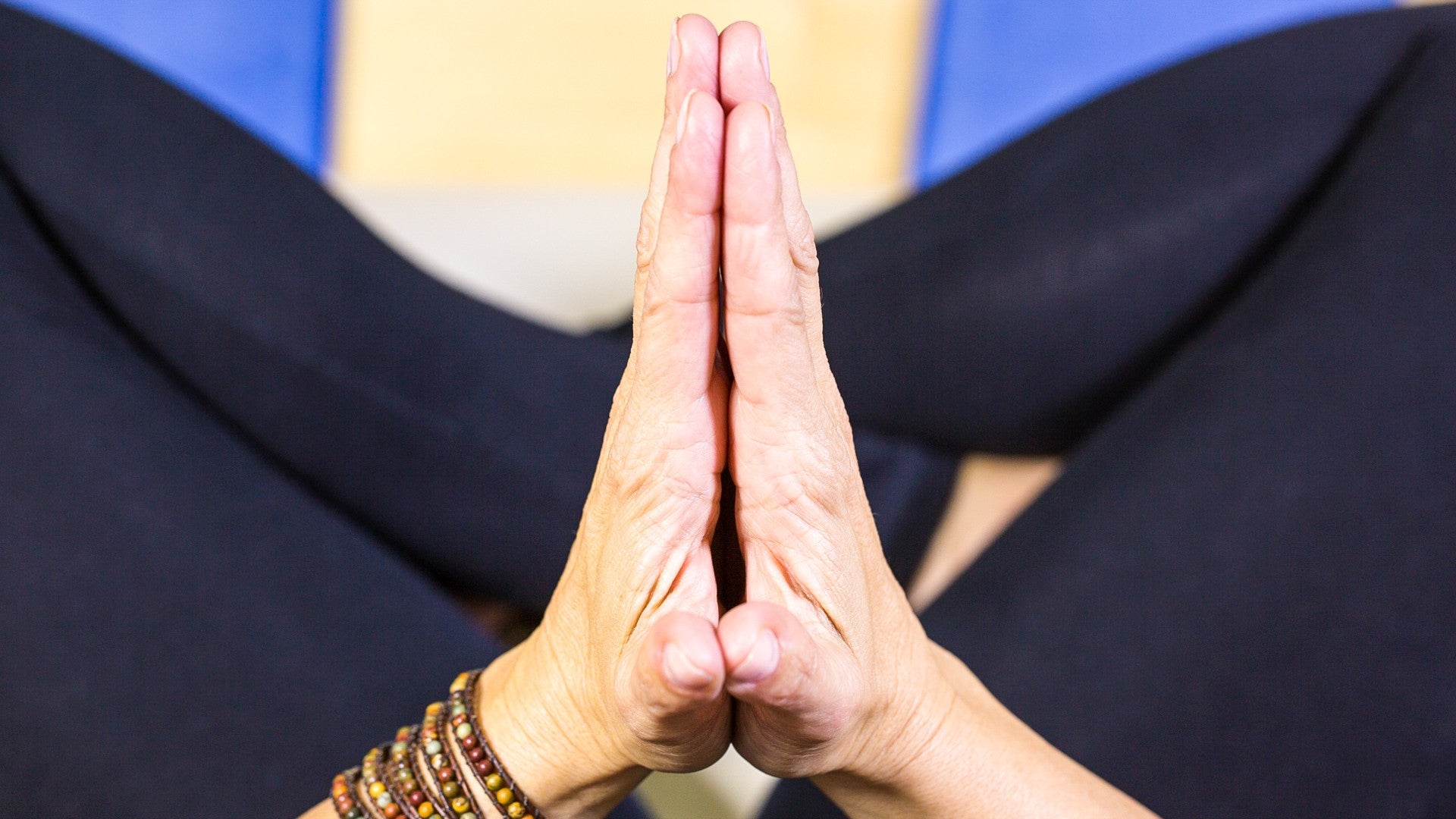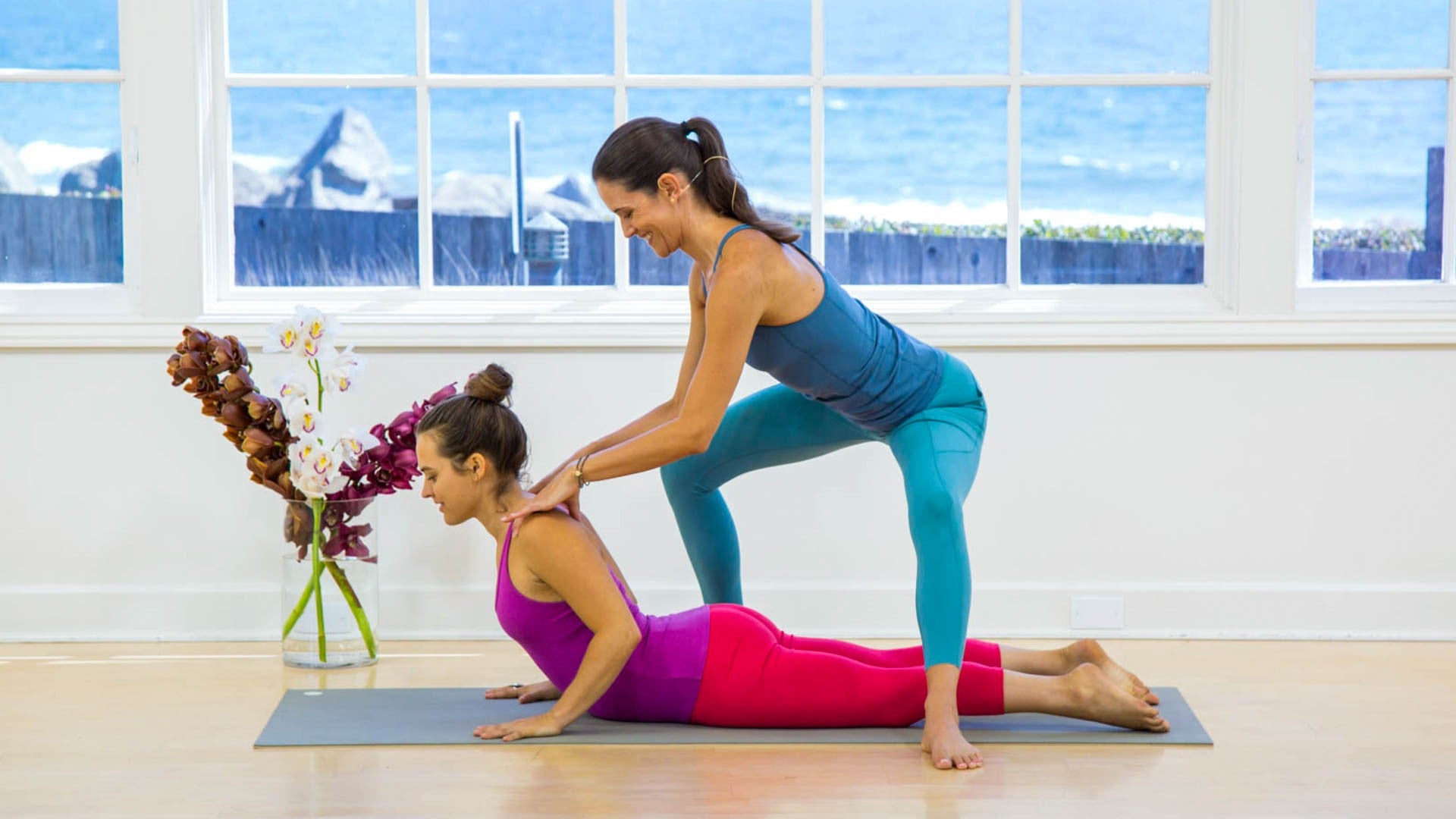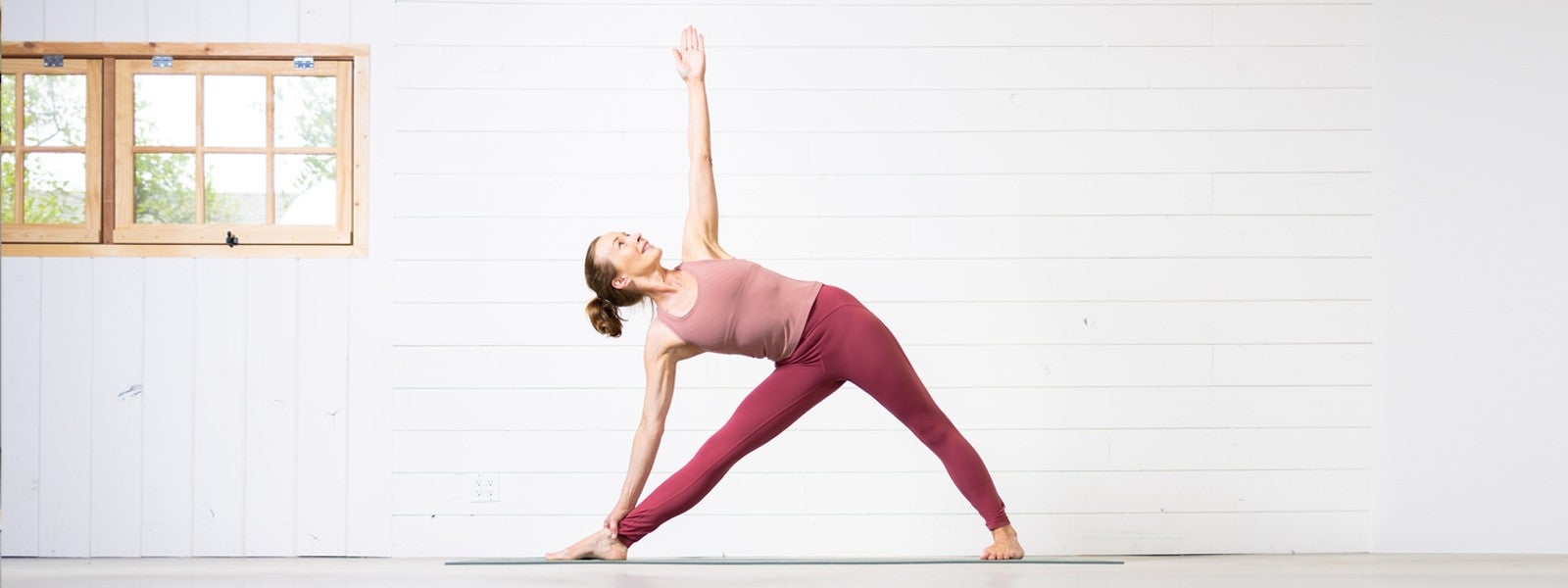
Osteoporosis-Safe Yoga Poses
What is Osteoporosis
Osteoporosis is a disease which causes bones to lose mass and become more fragile. Our bones generally lose calcium and other minerals and become more fragile as we age. This process is more prevalent in postmenopausal women, who are at greater risk for osteoporosis. Along with age, other contributing factors of osteoporosis are lack of exercise, a diet low in calcium and vitamin D, alcohol consumption, and smoking.
Generally, osteoporosis has no symptoms and may not be detected until a bone is broken. The most common areas for breaks to occur are the hips, vertebrae, and wrist bones. However, individuals with osteoporosis face an increased likelihood of bone fractures from minor falls or everyday activities like lifting or bending over. Fractures, if undetected, can lead to breaks and more serious injury.
For people with osteoporosis, preventing a fall is the top priority. It is important to remain active and take care of your bones and the muscles that support them, doing what you can to keep your bone density up so that you can remain healthy and independent.
Exercise is Important
Regular exercise plays an important role in taking care of your body. There are four types of exercises that are recommended for people with osteoporosis: weight-bearing, strength training, flexibility, and balance and fall-prevention exercises.
Examples of weight-bearing exercises are high- or low-impact aerobics, jogging or walking, jumping rope, and using elliptical or step machines.
Muscle strengthening exercises include activities like lifting free weights or your own body weight, using resistance bands or weight machines, as well as functional movement like sitting and standing drills, walking lunges, and performing movements while balancing on one leg.
Flexibility exercises include gentle stretching and moving the joints in their full range of motion.
Balance and stability exercises include standing on one leg and activities that involve transferring weight slowly from one foot to the other.
Together, these exercises can help safely increase your bone density, strength, balance, and coordination. You will also improve your posture and lessen the risk of bone fractures, falls, and injuries.
Yoga and Osteoporosis
So how can Yoga help?
Studies done in recent years have been promising, but are inconclusive as to whether Yoga can help build bone density. More research needs to be done.
However, because preventing a fall is the top priority, Yoga can be effective in improving balance, alignment, strength, flexibility, and coordination.
Our sister company, Pilates Anytime, collaborated with the Bone Health and Osteoporosis Foundation (BHOF) and Doctor of Physical Therapy, Certified Exercise Expert for Aging Adults, and Pilates Anytime teacher Dr. Sherri Betz to create this flyer of safe yoga poses for individuals with osteoporosis.
Here are four postures to work into your exercise routine if you have osteoporosis.
Always check with your doctor before beginning a new fitness regime to make sure it will be safe for you.
Tree Pose (Vrksasana)
Tree Pose (Vrksasana) is beneficial for those with osteoporosis because it tests your balance, strength, and stability – all of which are important in helping prevent falls and injury.
- If you need help with your balance, do this pose next to a wall or chair. Start with the wall or chair to your left.
- Find Mountain Pose (Tadasana). Settle your gaze on a fixed point to help steady your balance.
- Place your hands on your hips and shift your weight into your left foot, coming onto the ball of the right foot. Keep your pelvis bones facing forward as you rotate your right leg out to the side. Bring the right foot to the inner ankle, calf, or upper thigh of the left leg.
- You can keep your hands on your hips. or if you are feeling steady, bring your hands to Prayer Pose (Anjali Mudra) at your heart, or raise them up. Stretch through your fingertips, and for more challenge, raise your gaze. When you are finished, slowly come out of this pose to ensure you keep your balance. Try the other side.
Triangle Pose (Trikonasana)
Osteoporosis may result in stooped posture or kyphosis. The focus on proper alignment in Triangle Pose (Trikonasana) leads to better posture and less stress on the joints.
- Find Warrior 2 with your right leg forward. Straighten your right leg, reach your right fingertips out over your right toes, and tilt at the waist.
- Bring your right hand to your calf or ankle or to a yoga block.
- Rotate your left ribs towards the wall behind you and stretch your left arm up. Look up at your left fingertips to get a nice stretch in your neck.
- Take a few breaths here and then once you’re ready, slowly come out of the pose. Try on the other side.
Warrior 3 (Virabhadrasana III)
In addition to challenging your balance and stability, Warrior 3 (Virabhadrasana III) will strengthen your legs, hips, core, and back. As with any balance pose, feel free to support yourself with a wall or chair to avoid falls.
Cobra Pose (Bhujangasana)
Spinal extension poses like Cobra Pose (Bhujangasana) improve posture and help strengthen the supporting muscles around your spine.
Yoga Poses to Avoid
There are a few Yoga poses that people with osteoporosis should avoid:
- Intense forward folds or rounding postures like Seated Forward Fold (Paschimottonasana) and Standing Forward Fold (Uttanasana)
- Deep twists like Lord of the Fish pose (Matsyendrasana) or Revolved Triangle (Pavrtta Trikonasana)
- Deep hip stretches like Pigeon pose.
Yoga can be greatly beneficial in preventing and managing osteoporosis. In addition to improving your strength, balance, flexibility, and coordination, Yoga also offers a sense of awareness and mental calm to connect your mind and body to the present moment.
If you have experience with osteoporosis, how has your yoga practice benefited you? Let us know in the comments below!
Comments
You need to be a subscriber to post a comment.
Please Log In or Create an Account to start your free trial.
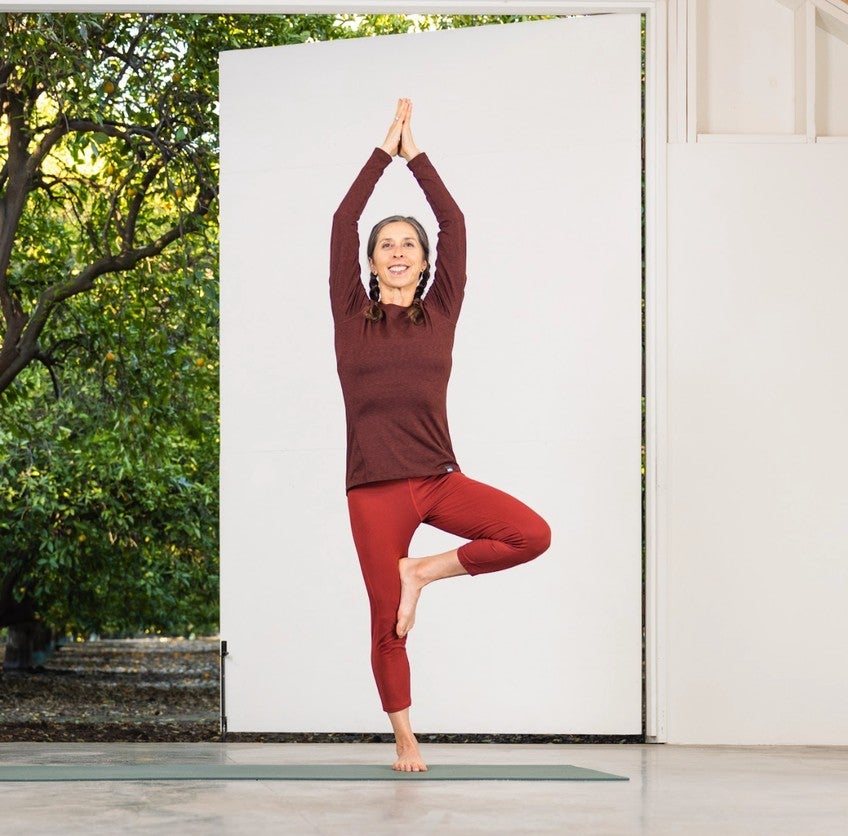
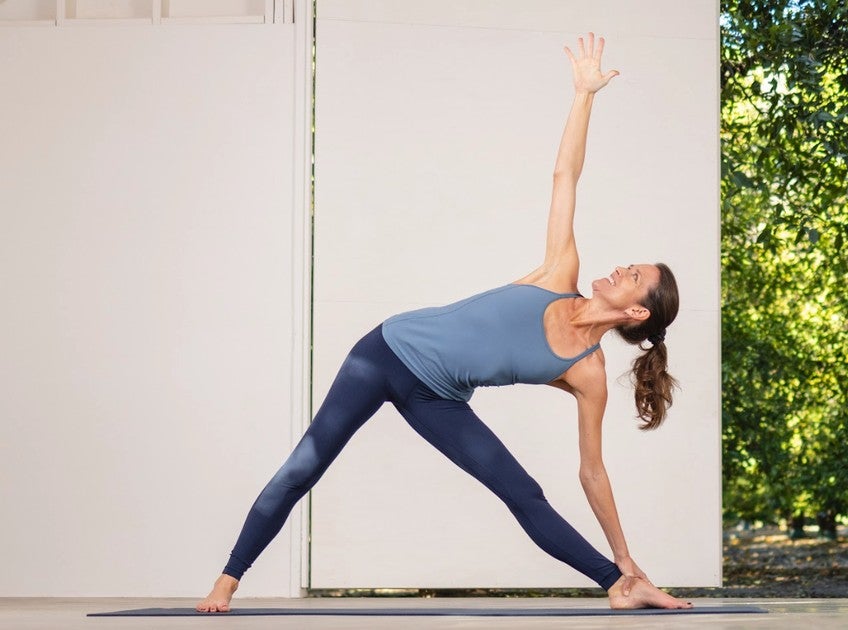
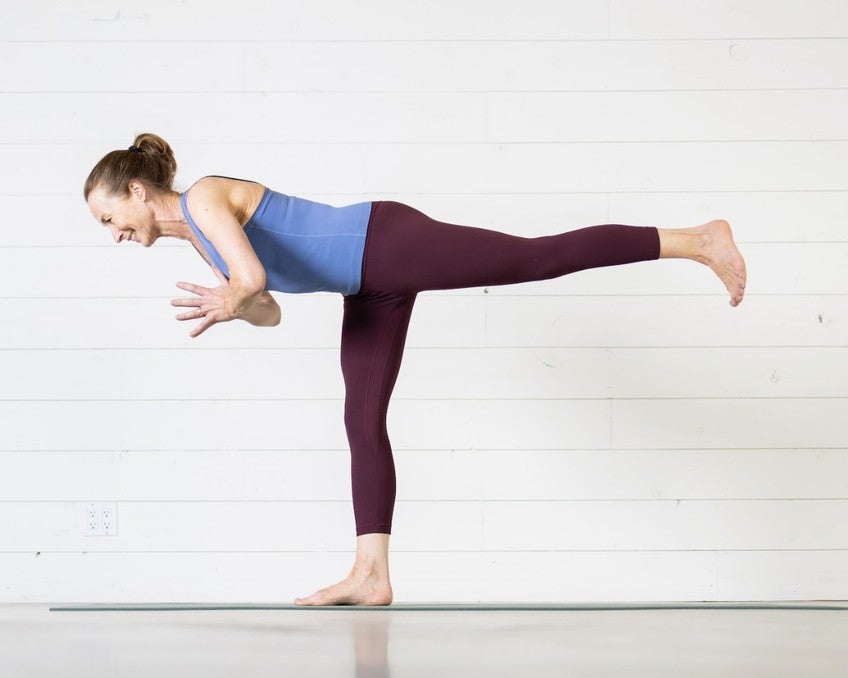
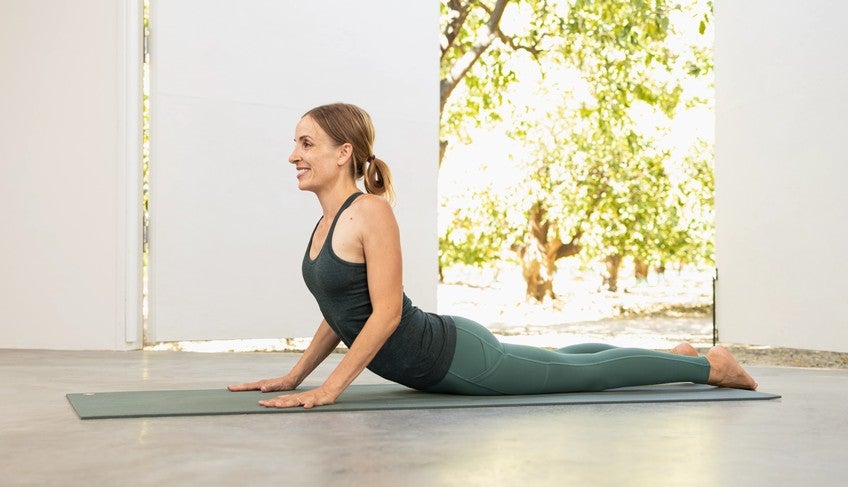

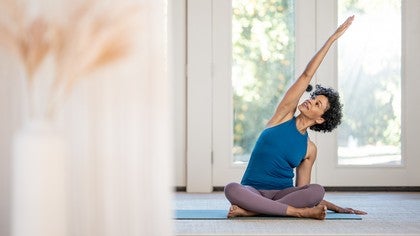
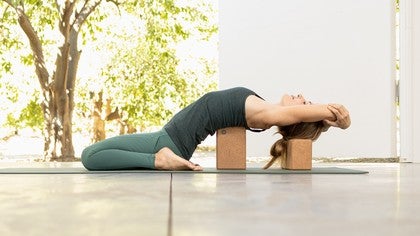




 BHOF Safe yoga poses flyer
BHOF Safe yoga poses flyer
